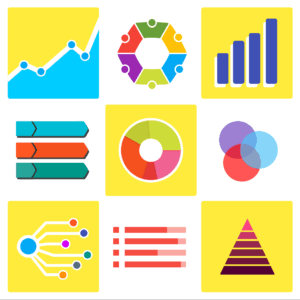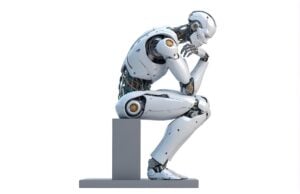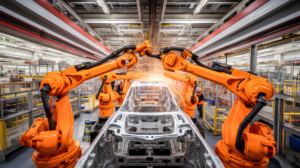Leveraging Analytics for Innovation
From strategic planning to market launch, innovation management is ripe for using AI capabilities, bridging the gap between identifying opportunities, aligning with strategy and more. It is this data-driven approach, structured and organized, that can benefit all types of innovation from breakthroughs to incremental forms.
In Now Next Later AI’s blog, “AI’s Role in Revolutionizing Innovation Management,” the company examines all facets of innovation management and how processes can be streamlined through AI. This could include opportunity identification and analysis, ideation functions, strategy formulation, and organizational structuring.
In addition, Now Next Later AI notes that, “AI can significantly reduce the time and resources required for market research and prototyping, two critical components of the innovation process. By automating the analysis of market trends, consumer behaviors, and competitive landscapes, AI enables companies to gain insights with greater accuracy and less effort.”
- Automated Surveys and Sentiment Analysis: AI-driven tools can now conduct market surveys, analyze social media sentiments, and monitor consumer trends in real-time, providing a dynamic and comprehensive view of the market landscape.
- Rapid Prototyping: In the realm of product development, AI algorithms can simulate the performance of prototypes under various conditions, helping identify potential improvements and optimizations without the need for physical models.
Further optimization could include predictive analytics. As noted by Now Next Later, “AI’s predictive analytics and project management capabilities can optimize this process, ensuring that the most promising ideas are pursued with the appropriate level of investment.”
From Insights to Impact
During FEI 2025, Michael Ott, SVP, Chief R&D Officer at The Clorox Co., and Francesco Fazio, Partner, Strategic Growth & Innovation at T&Co by Cherry Bekaert, will hold a session, “From Insight to Impact: How AI & People are Transforming Innovation at Clorox.”
Clorox is redefining innovation by blending human insights with AI efficiency. Unpack how Clorox has harnessed AI to innovate faster and better while staying consumer focused and challenging conventional norms. Explore how AI has driven faster, better, and more consumer-focused innovation at Clorox. Discover how AI + Human harmony generates the best innovation outcomes. Delve into how AI empowers Clorox to challenge orthodoxies and test hypotheses with more conviction.
Governing Innovation Through Data
Of course, while touting AI’s robust capabilities, human judgement in these processes is still paramount. As Now Next Later relates, “The understanding of market nuances, ethical considerations, and strategic alignment requires a human touch. The most successful innovation strategies leverage AI’s analytical power while retaining human oversight for critical decisions.” This could include:
- Collaborative Decision-Making: Integrating AI insights with human intuition leads to a more holistic decision-making process. AI can provide recommendations based on data, but humans can consider these recommendations in the context of broader strategic objectives, ethical implications, and long-term vision.
- Learning and Adaptation: The interaction between AI systems and human users fosters a dynamic learning environment. Humans can refine AI models based on outcomes and feedback, while AI systems can adapt to better align with human preferences and organizational goals.
Supporting AI with the right data-driven structure and ethical framework remains an important point for future developments as analytics continues to govern innovation. Now Next Later notes, “Preparing for an AI-driven future in innovation management is a multifaceted endeavor that involves cultural, strategic, ethical, and technological considerations. By fostering an AI-ready culture, strategically integrating AI into innovation processes, addressing ethical and regulatory considerations, and building the necessary data and infrastructure foundations, organizations can position themselves to lead in the AI era.”
Video courtesy of Now Next Later AI
Contributor
-

Matthew Kramer is the Digital Editor for All Things Insights & All Things Innovation. He has over 20 years of experience working in publishing and media companies, on a variety of business-to-business publications, websites and trade shows.
View all posts













































































































































































































